Home>Gardening & Outdoor>Landscaping Ideas>How Many Grass Fields Are In The NFL
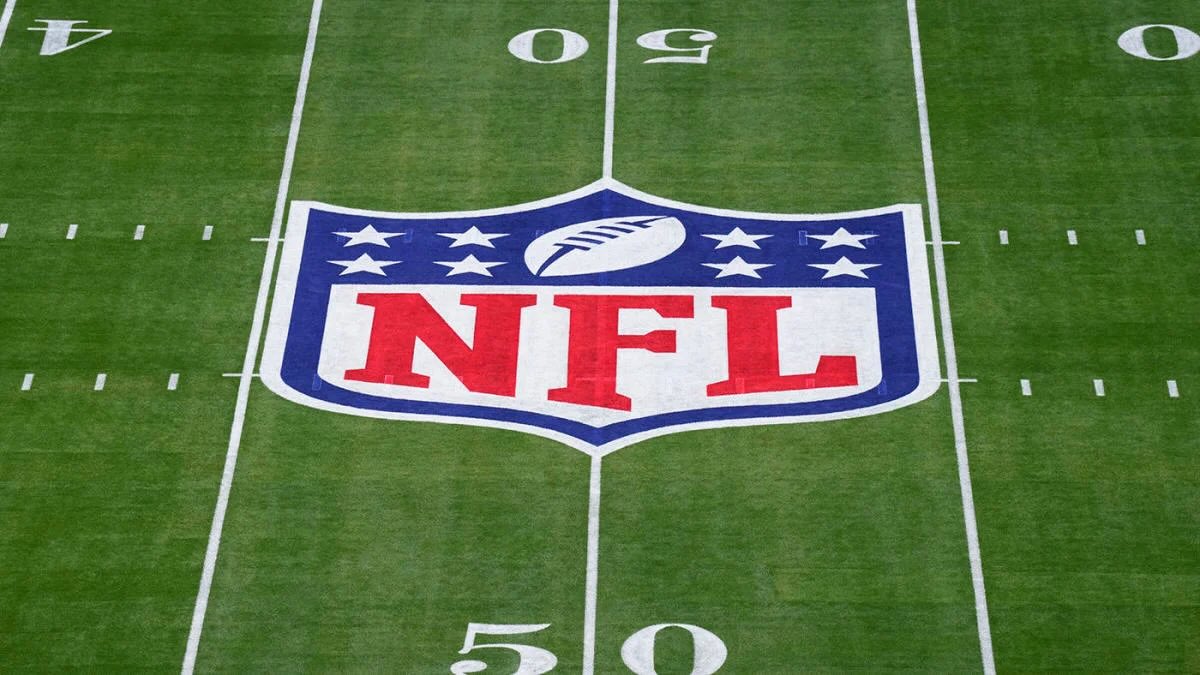

Landscaping Ideas
How Many Grass Fields Are In The NFL
Published: January 30, 2024
Discover the landscaping ideas behind the NFL's numerous grass fields and learn about the maintenance and care required for these expansive green spaces. Explore the impact of landscaping on the game and the environment.
(Many of the links in this article redirect to a specific reviewed product. Your purchase of these products through affiliate links helps to generate commission for Storables.com, at no extra cost. Learn more)
Introduction
When we think of the National Football League (NFL), images of thrilling games, passionate fans, and state-of-the-art stadiums come to mind. One crucial element that often goes unnoticed amidst the excitement is the playing surface itself. While artificial turf has gained popularity in recent years, there’s a timeless appeal and tradition associated with natural grass fields. In this article, we’ll delve into the world of grass fields in the NFL, exploring their significance, prevalence, maintenance challenges, and the future of these iconic playing surfaces.
Grass fields have been an integral part of the NFL since its inception. The allure of watching players battle it out on a natural, living surface adds a unique dimension to the game. The distinct aroma of freshly cut grass, the vibrant green expanse under the stadium lights, and the unpredictable nature of natural turf all contribute to the timeless charm of grass fields. Despite the rise of synthetic turf, the demand for well-maintained grass fields remains high among players, coaches, and fans alike.
As we uncover the importance, prevalence, and challenges associated with grass fields in the NFL, it becomes evident that these natural surfaces hold a special place in the hearts of football enthusiasts. Join us on this journey as we explore the captivating world of grass fields within the realm of the NFL.
Key Takeaways:
- Grass fields are crucial in the NFL, offering safety, tradition, and environmental benefits. They enhance player performance, fan experience, and symbolize the timeless essence of the sport.
- Approximately 17 out of 32 NFL stadiums feature natural grass fields, showcasing the enduring preference for their charm and practical advantages. Despite maintenance challenges, grass fields continue to play a pivotal role in shaping the football landscape.
Read more: How Many NFL Fields Have Natural Grass
The Importance of Grass Fields in the NFL
Grass fields hold a significant place in the NFL, serving as the stage for exhilarating matchups and unforgettable moments. The allure of natural grass extends beyond mere aesthetics; it directly impacts the game, player performance, and overall experience for both athletes and spectators.
Player Safety and Performance: Natural grass fields are renowned for their shock-absorbing properties, which can help reduce the impact on players’ joints and muscles. This is particularly crucial in a high-impact sport like football, where player safety is a top priority. Additionally, grass surfaces offer a level of traction and stability that can enhance player performance, allowing for more precise cuts, agile maneuvers, and confident footing, factors that are pivotal in determining the outcome of a game.
Aesthetic Appeal and Tradition: There’s an undeniable charm associated with the sight of a lush, well-maintained grass field set against the backdrop of a packed stadium. The visual appeal of natural turf adds to the overall ambiance of the game, evoking a sense of tradition and authenticity that resonates with fans and players alike. The rich green expanse of a grass field symbolizes the timeless essence of the sport and serves as a testament to its enduring legacy.
Environmental Considerations: Beyond the confines of the game, the presence of grass fields aligns with environmental consciousness and sustainability. Natural grass contributes to improved air quality, reduces heat buildup in urban areas, and serves as a carbon sink, playing a role in mitigating the effects of climate change. By maintaining grass fields, the NFL demonstrates a commitment to environmental stewardship and the promotion of green spaces within communities.
Fan Experience: The game-day experience is heightened by the presence of a well-kept grass field. The natural texture and color of the turf, coupled with the earthy scent that permeates the stadium, create an immersive environment for fans. Whether attending the game in person or watching from home, enthusiasts appreciate the authentic and picturesque setting that natural grass fields provide.
As we unravel the significance of grass fields in the NFL, it becomes evident that their impact extends far beyond the boundaries of the playing field. From safety and performance to tradition and environmental mindfulness, natural grass stands as a cornerstone of the NFL experience, enriching the game in multifaceted ways.
The Number of Grass Fields in the NFL
While the prevalence of artificial turf has increased in modern sports venues, natural grass fields continue to hold their ground within the NFL. The number of grass fields in the league remains a topic of interest, reflecting the enduring appeal and practical considerations associated with these traditional playing surfaces.
As of the latest data, approximately 17 out of the 32 NFL stadiums feature natural grass fields. This indicates that a significant portion of the league’s teams opt for the timeless charm and functional advantages of grass surfaces. These stadiums, spread across various cities, serve as bastions of natural turf, preserving the legacy and allure of traditional football fields.
Notable Grass Field Stadiums: Among the prominent NFL stadiums that boast natural grass fields are the iconic Lambeau Field, home to the Green Bay Packers, and Arrowhead Stadium, where the Kansas City Chiefs showcase their skills on a lush green expanse. These revered venues stand as testaments to the enduring preference for natural grass among players, teams, and fans.
Advantages of Natural Grass: The decision to maintain natural grass fields is driven by a multitude of factors. Beyond the aesthetic and traditional appeal, natural turf offers practical benefits, including superior shock absorption, reduced risk of abrasions, and an overall playing experience that aligns with the essence of the sport. The traction and stability provided by grass surfaces contribute to player safety and performance, influencing the outcome of games and the longevity of athletes’ careers.
Challenges and Maintenance: While natural grass fields offer numerous advantages, they also present unique challenges in terms of upkeep. Groundskeepers and stadium personnel invest significant resources in maintaining the quality and integrity of grass fields, addressing factors such as irrigation, mowing, fertilization, and pest control. The dedication required to sustain optimal playing conditions on natural turf underscores the commitment of teams and organizations to upholding the standards of the game.
As we contemplate the number of grass fields in the NFL, it’s evident that these iconic playing surfaces continue to play a pivotal role in shaping the football landscape. Their prevalence across a notable percentage of NFL stadiums underscores the enduring preference for natural turf, emphasizing its enduring relevance and significance within the realm of professional football.
There are 32 NFL teams, and each team has at least one grass field for their home games. Some teams may also have additional practice fields with natural grass.
The Challenges of Maintaining Grass Fields in the NFL
While natural grass fields exude a timeless charm and offer a host of benefits, they also present a unique set of challenges when it comes to maintenance within the high-stakes environment of the NFL. Groundskeepers and stadium personnel face a myriad of obstacles in their quest to uphold the integrity and playing quality of grass surfaces, navigating through a range of factors that can impact the condition of the fields.
Environmental Factors: The natural elements pose a constant challenge to the maintenance of grass fields. Adverse weather conditions, including heavy rainfall, extreme heat, and frost, can take a toll on the turf, affecting its resilience and visual appeal. Groundskeepers must employ strategic measures to mitigate the impact of environmental factors, ensuring that the grass remains healthy and conducive to gameplay.
Player Usage and Wear: The rigorous demands of NFL games and practices can result in substantial wear and tear on grass fields. The repetitive foot traffic, intense physical contact, and equipment usage can lead to compaction, divots, and uneven surfaces, necessitating proactive measures to restore the turf’s integrity and playing consistency.
Intensive Maintenance Regimens: Groundskeepers adhere to meticulous maintenance schedules to preserve the quality of grass fields. This includes tasks such as regular mowing, aeration, fertilization, and irrigation, all of which demand precision and expertise. The intricate nature of these maintenance regimens requires dedicated resources and a deep understanding of turf management.
Pest and Disease Management: Grass fields are susceptible to a range of pests and diseases that can compromise their health and appearance. From invasive insects to fungal infestations, groundskeepers must remain vigilant in implementing preventive measures and targeted treatments to safeguard the grass from potential threats, ensuring its resilience and vibrancy.
Pressure for Optimal Playing Conditions: The NFL upholds high standards for playing surfaces, placing pressure on stadium personnel to deliver consistently pristine and safe grass fields. This demand for optimal playing conditions necessitates a proactive and detail-oriented approach to maintenance, with a focus on meeting the rigorous expectations of players, coaches, and league officials.
As we delve into the challenges of maintaining grass fields in the NFL, it becomes apparent that groundskeepers and stadium personnel operate within a dynamic and demanding landscape. Their unwavering commitment to overcoming environmental, usage-related, and maintenance obstacles underscores the dedication required to uphold the integrity and allure of natural turf within the realm of professional football.
The Future of Grass Fields in the NFL
As the NFL continues to evolve, the future of grass fields within the league remains a topic of interest and speculation. While the prevalence of artificial turf has expanded, the enduring appeal and practical advantages of natural grass fields ensure that they will maintain a significant presence in the football landscape. The future of grass fields in the NFL is shaped by a confluence of factors, reflecting a delicate balance between tradition, innovation, and practical considerations.
Technological Advancements: The future of grass fields in the NFL is intertwined with technological advancements in turf management. Innovations in irrigation systems, turf reinforcement technologies, and sustainable maintenance practices are poised to enhance the resilience and longevity of natural grass, addressing challenges related to environmental factors, player wear, and intensive maintenance regimens.
Sustainability and Environmental Stewardship: The NFL’s commitment to sustainability and environmental consciousness is likely to influence the trajectory of grass fields. Efforts to implement eco-friendly turf management practices, reduce water consumption, and minimize the carbon footprint of maintaining natural grass align with broader initiatives aimed at promoting green, sustainable stadium environments.
Hybrid Turf Solutions: The emergence of hybrid turf solutions, combining natural grass with synthetic elements, presents an intriguing avenue for the future of playing surfaces in the NFL. These hybrid systems offer the benefits of natural grass while integrating advanced technologies to enhance durability, resilience, and playing consistency, representing a potential bridge between tradition and innovation.
Player Safety and Performance: The ongoing focus on player safety and performance will continue to influence the role of grass fields in the NFL. Advancements in turf technologies and maintenance practices will be geared toward optimizing playing surfaces to mitigate injury risks, enhance traction, and provide a conducive environment for athletes, aligning with the league’s commitment to safeguarding player well-being.
Preservation of Tradition and Aesthetics: The timeless allure and tradition associated with natural grass fields hold a special place in the hearts of football enthusiasts. As the NFL embraces modernization, there will be a concerted effort to preserve the aesthetic appeal and authentic experience offered by well-maintained grass surfaces, ensuring that they remain integral to the game’s identity and ambiance.
As we contemplate the future of grass fields in the NFL, it becomes evident that their trajectory is shaped by a delicate interplay of innovation, tradition, and practical considerations. The enduring legacy and functional advantages of natural turf ensure that it will continue to grace the NFL’s stadiums, enriching the game and captivating audiences for years to come.
Frequently Asked Questions about How Many Grass Fields Are In The NFL
Was this page helpful?
At Storables.com, we guarantee accurate and reliable information. Our content, validated by Expert Board Contributors, is crafted following stringent Editorial Policies. We're committed to providing you with well-researched, expert-backed insights for all your informational needs.
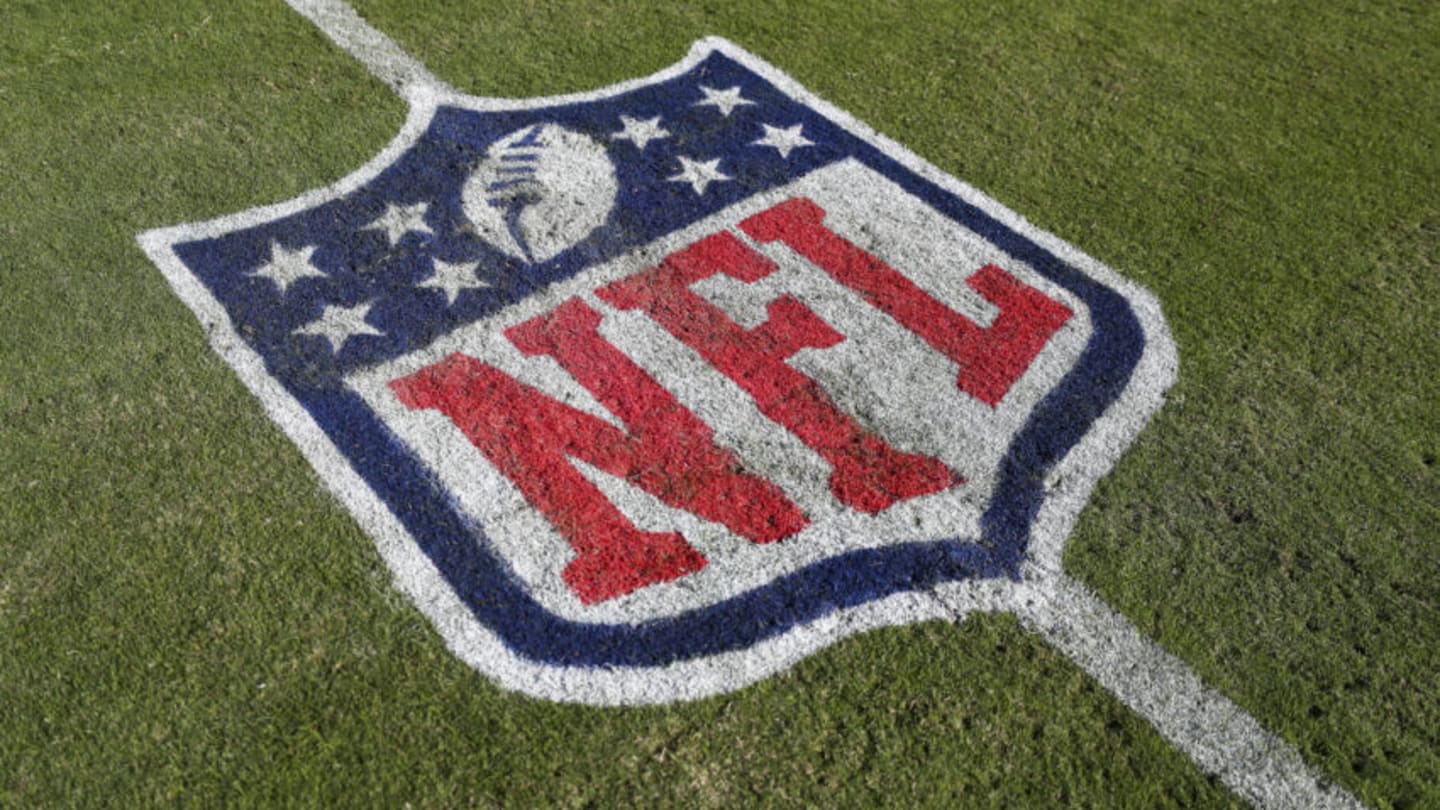
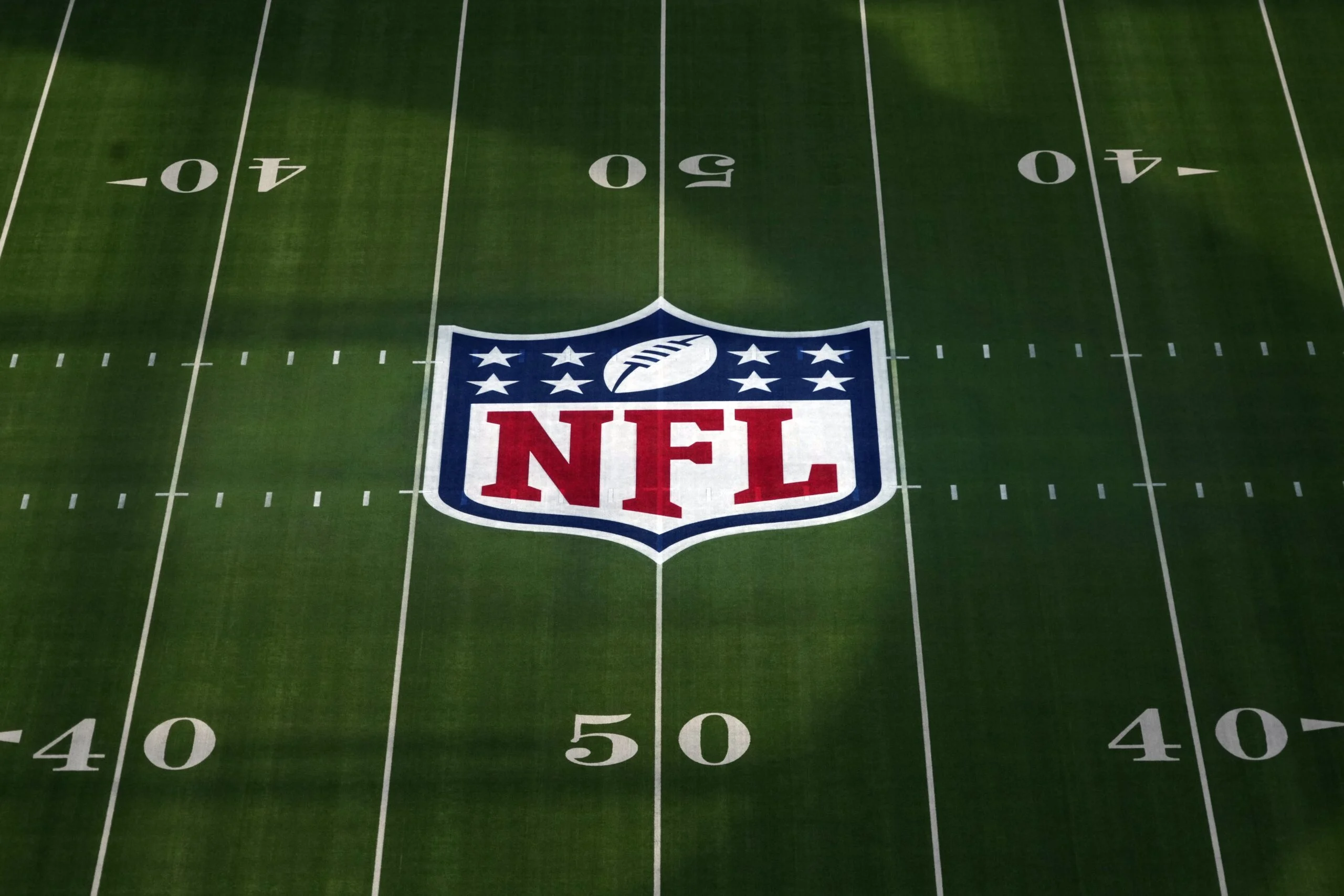
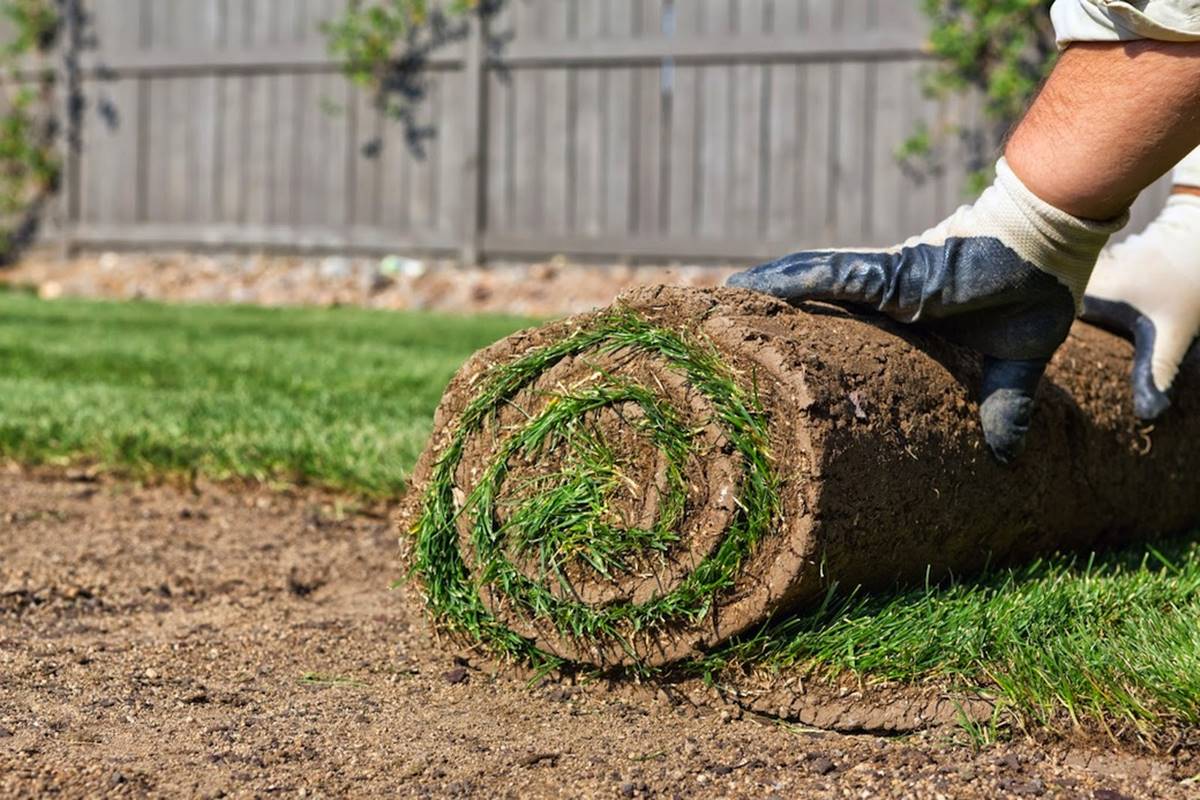

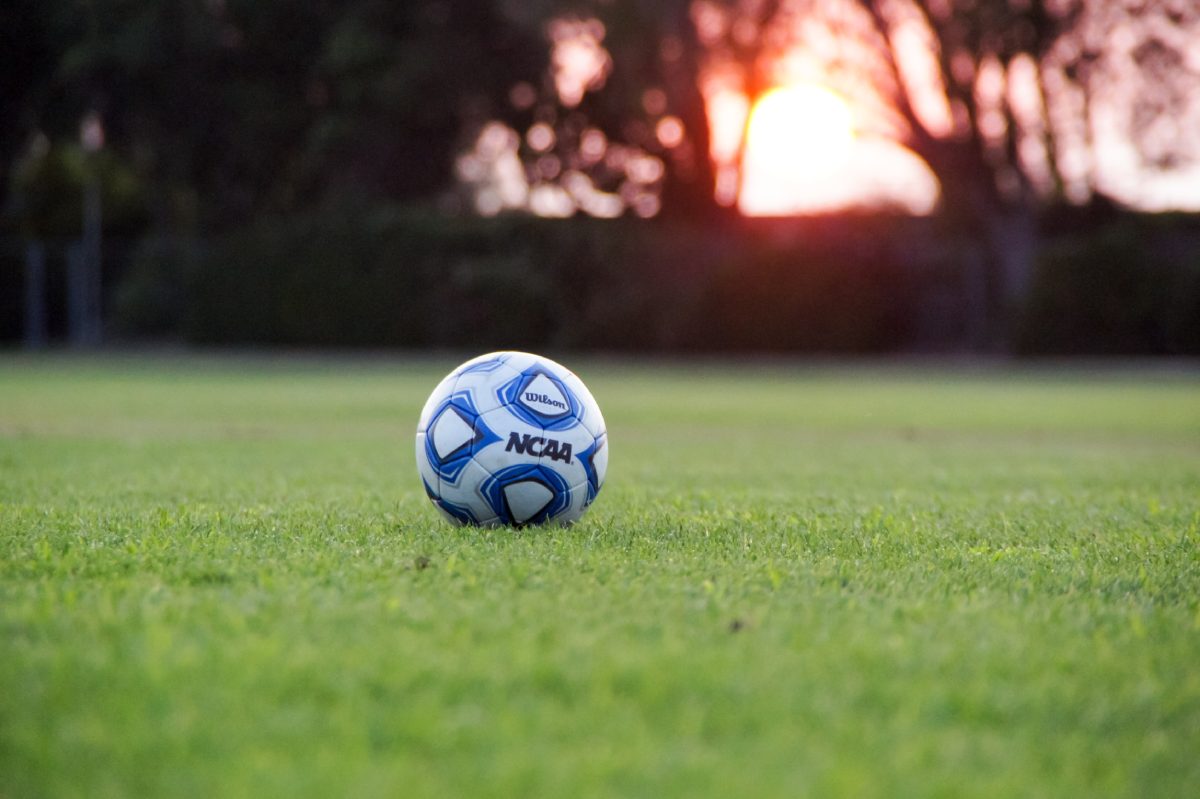
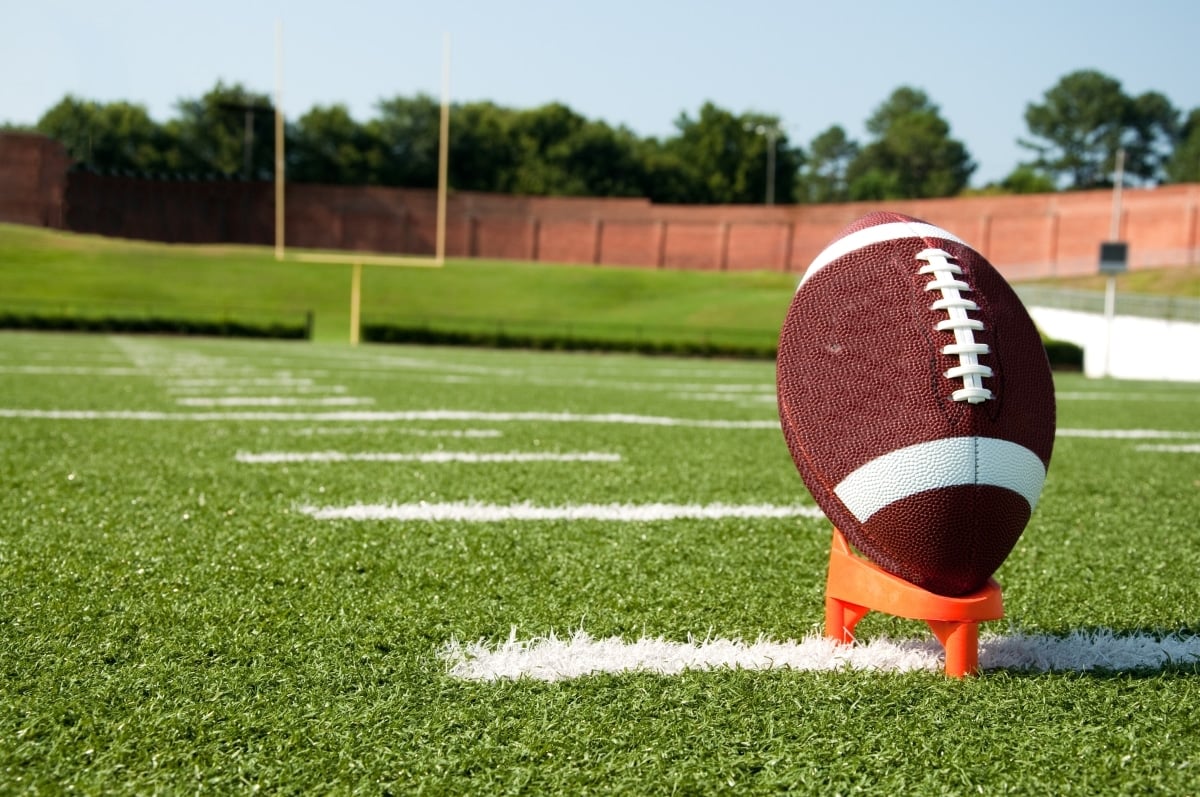

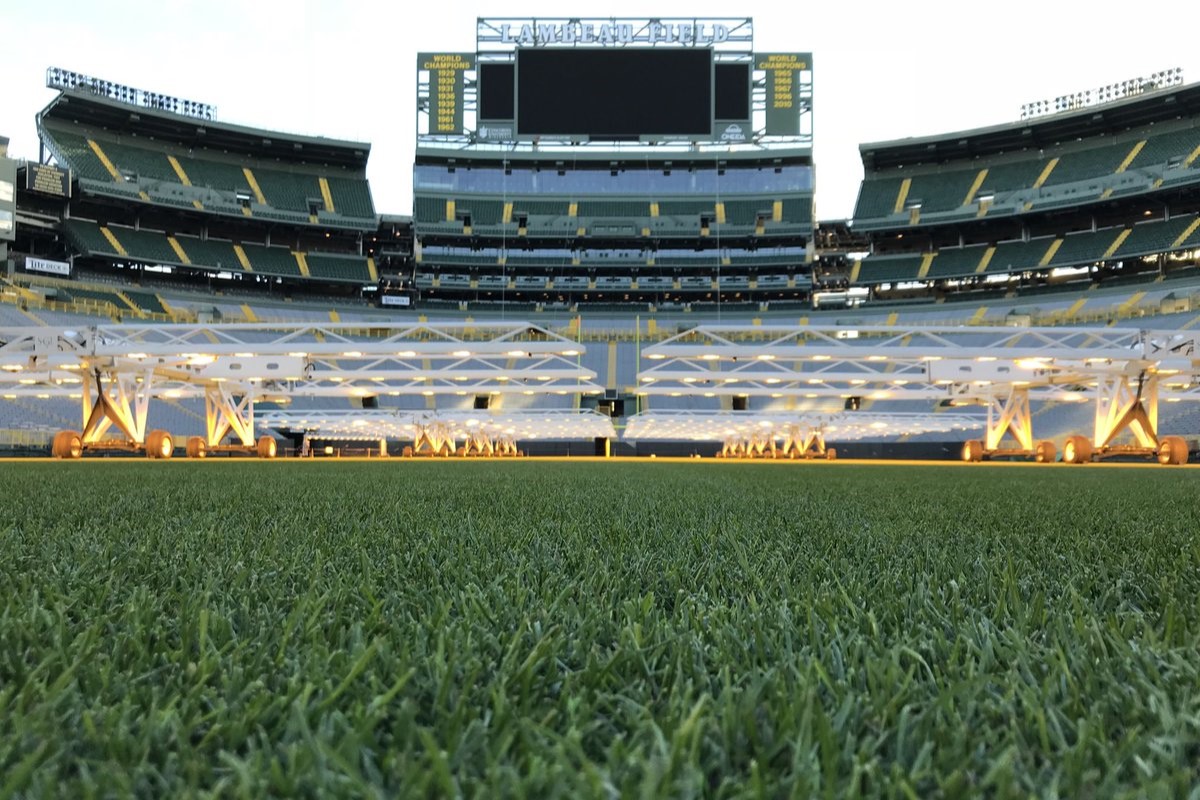
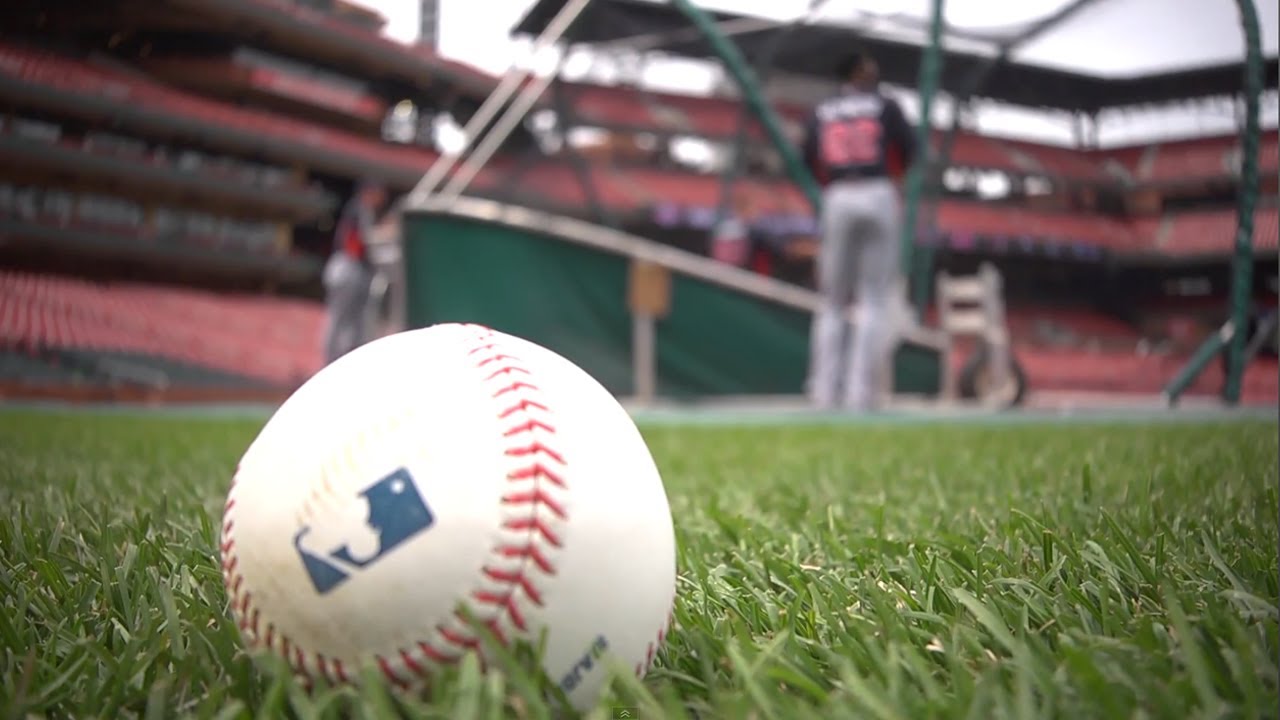
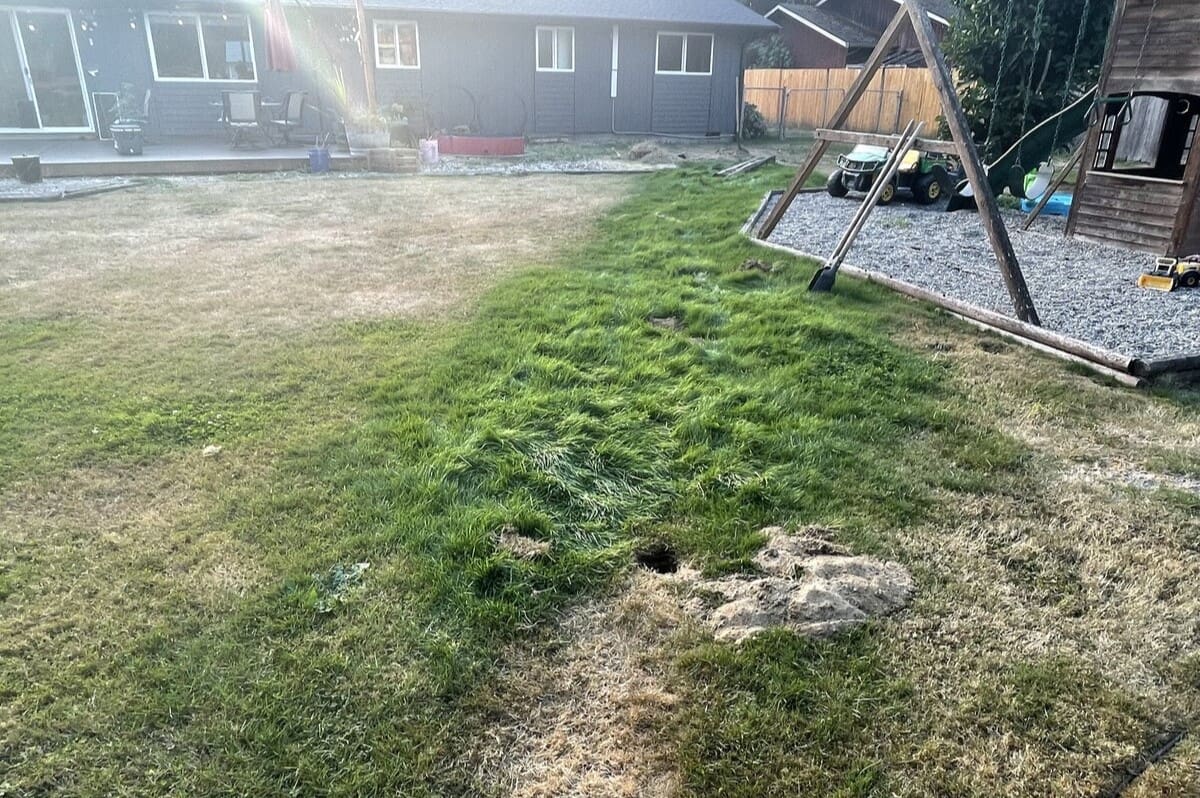
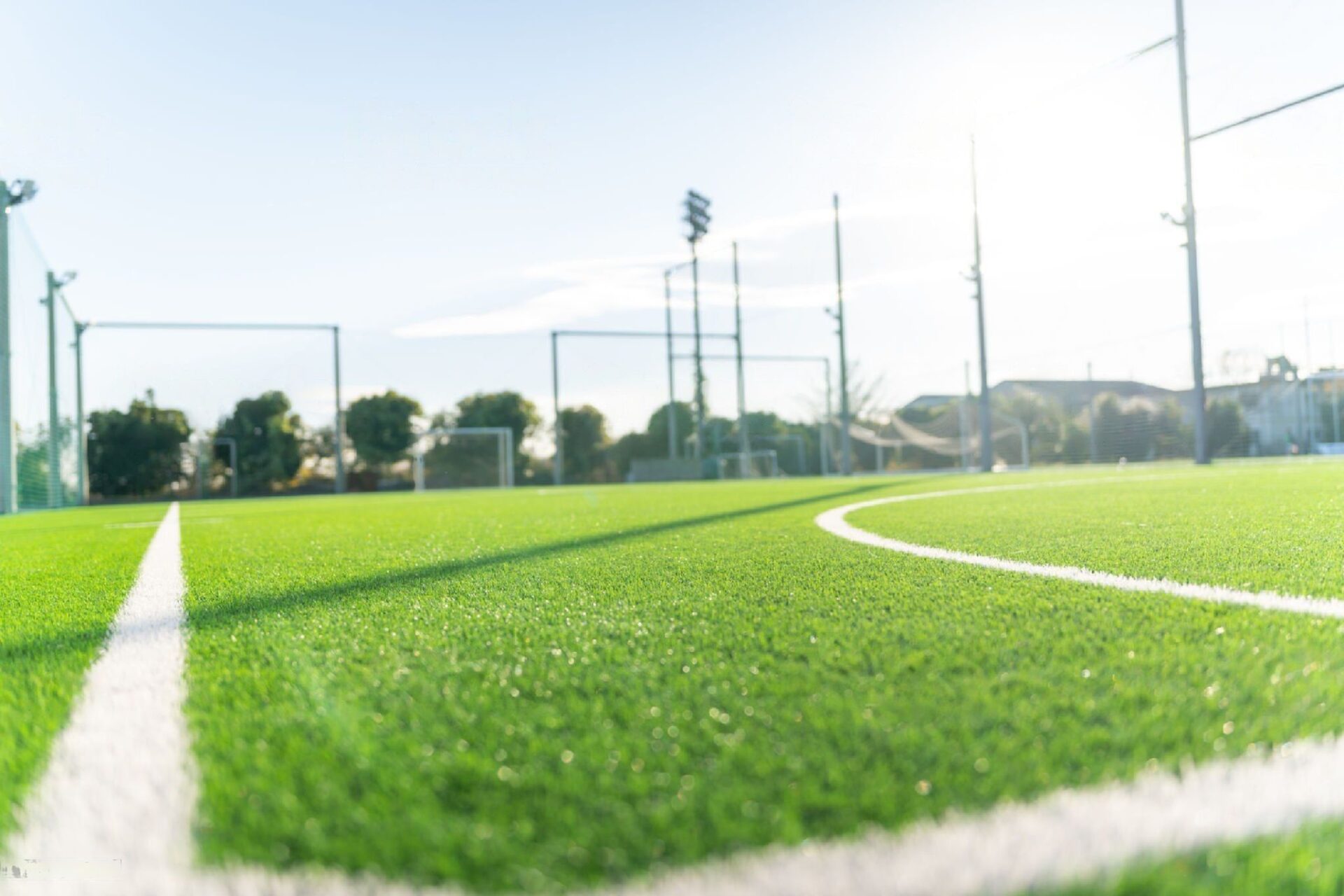
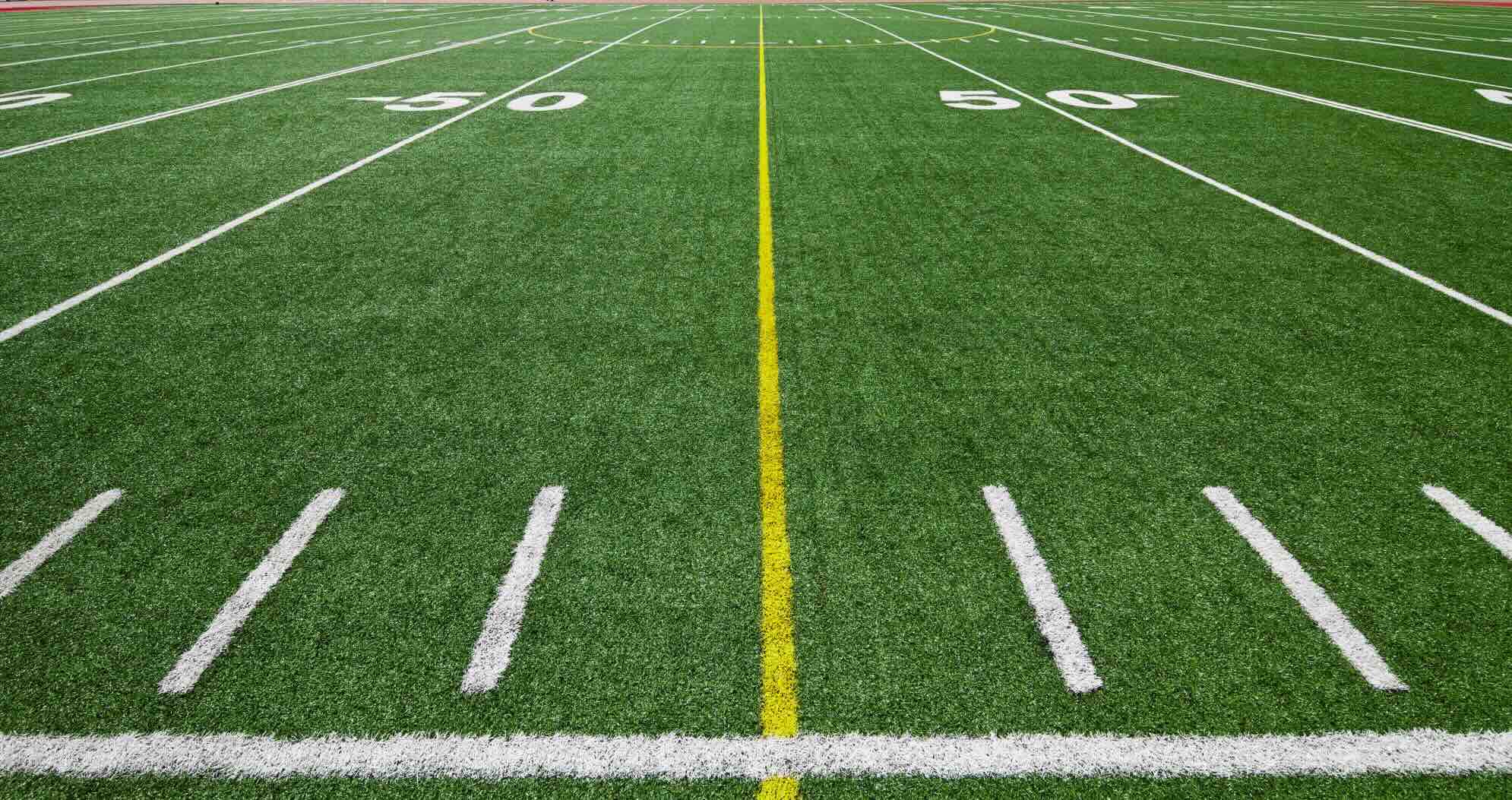
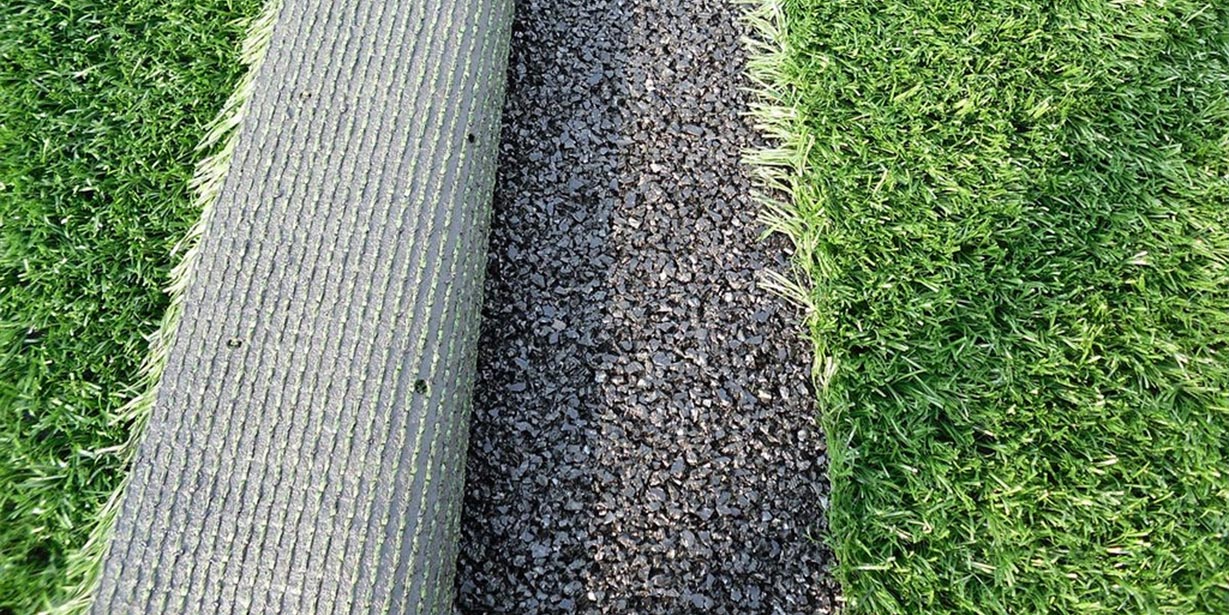
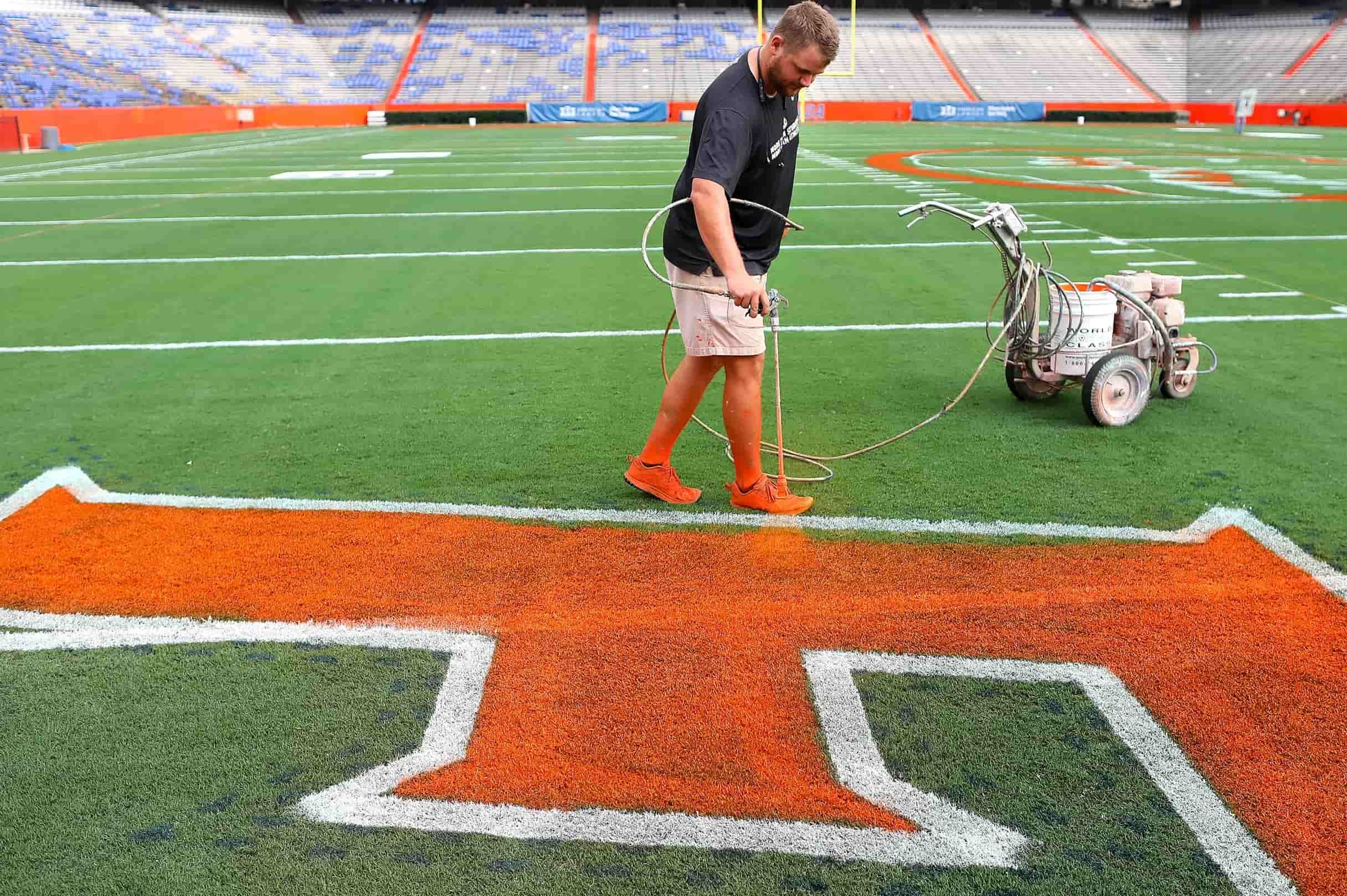


0 thoughts on “How Many Grass Fields Are In The NFL”